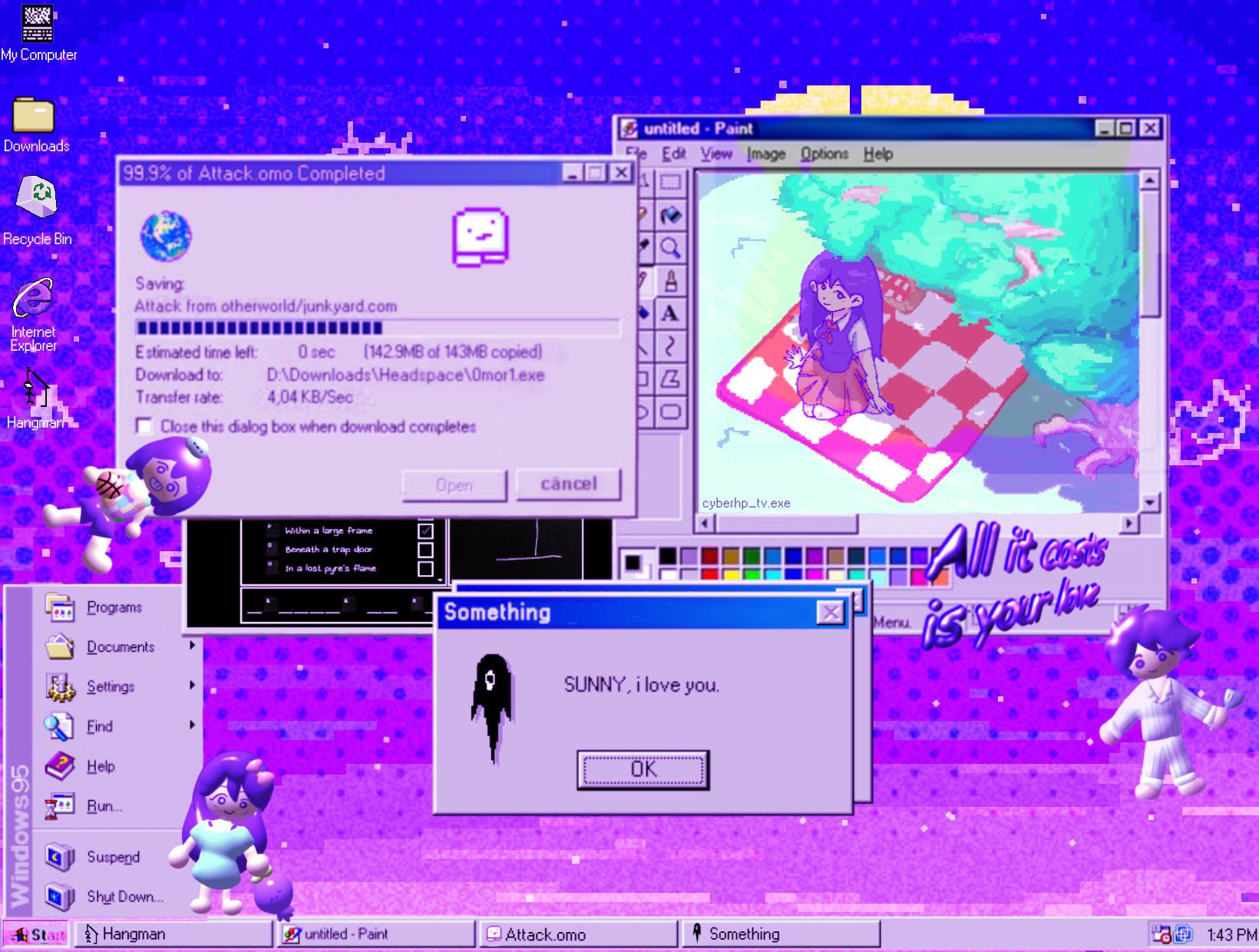
What are webcore aesthetics?
Have you ever felt a weird sense of nostalgia about technologies? I'm talking about those retro-styled UI elements from the 90s. It's aesthetically pleasing for some people, including me!
Based from "Aesthetics Wiki": Webcore (also known as Old Web, "Wild West" Era, or Web 1.0) is an aesthetic that expresses nostalgia for the early, less standardized era of the Internet, primarily spanning the 1990s to the early-to-mid 2000s.
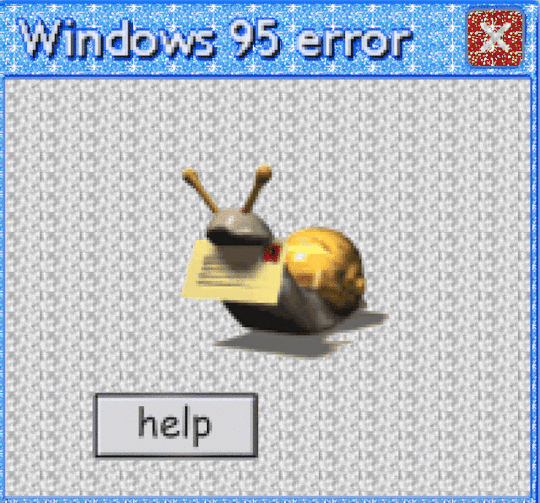
The key motifs of this aesthetic include animated GIFs, clip art, pixelated images, glitter graphics, HTML tables, browser window interfaces, early search engine layouts, guestbooks, visitor counters, ASCII art, oldschool emojis, and blue underlines.

There are actually some services that were used to host these kinds of websites, like Angelfire and Geocities. They allowed users to create and publish websites for free and explore other user-created content.
A modern alternative is Neocities, which people actively use to make creative, nostalgic websites in the style of the Old Web.
People say the internet was most enjoyable in the late 90s and early 00s. Since then, it's become increasingly bloated, centralized, and driven by ad revenue.
Some indie games have captured the chaotic charm of early internet culture and webcore visuals. Here are some examples:
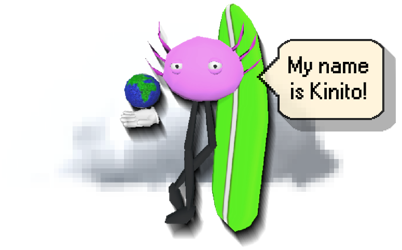
KinitoPet is a psychological horror game that simulates an old virtual desktop assistant. It evokes nostalgic feelings through its pixel art, clunky UI, and attempts to mimic BonziBuddy horror.
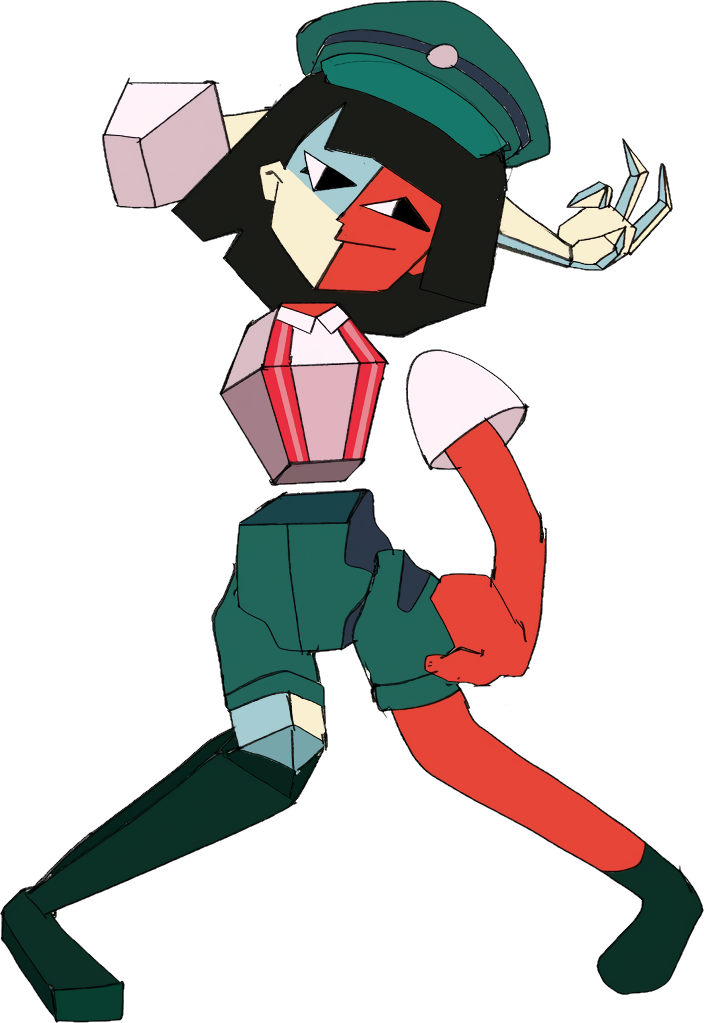
ENA, is a Peruvian avant-garde animated comedy series, created by Joel Guerra and published on YouTube and Newgrounds. The series combines 2D and 3D animation and draws inspiration from many pieces of surrealist media and worldwide culture, particularly from Peru and Japan.
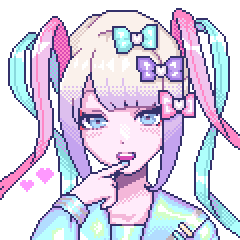
Needy Streamer Overload plays with early internet aesthetics through its visual novel format. Featuring pop-up windows, retro UI, and glitch effects, the game channels the overwhelming chaos of being extremely online.
<- Back to Home